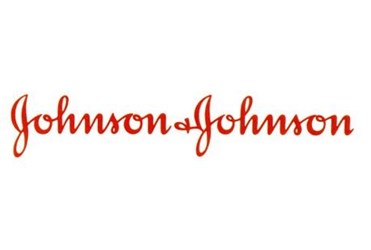J&J To Invest In Six Specific Medical Device Areas, Emerging Markets
By Jof Enriquez,
Follow me on Twitter @jofenriq

Johnson & Johnson (J&J) is setting its sights on six priority medical device areas to jumpstart growth going forward. The company is also putting an emphasis on consumer medical devices, especially in emerging markets, where demand is robust.
J&J executives spoke recently of the healthcare company's innovation roadmap and product planning at the Barclays Global Healthcare Conference in Miami, Florida. In particular, Chief Financial Officer Dominic Caruso unveiled six different medical device segments where the company will “disproportionally” make innovation and commercial investments — and where growth is projected to be strongest.
"There's actually six particular areas that we're very excited about. Endo cutters and there we see very good growth, our energy instrumentation, also good growth, our investment in robotic surgery with our partnership with Google, also knee technologies and particular in tube-knee [ph] has done very well, we think there is an additional innovation in knees. Trauma there continues to be good innovation and areas of growth in trauma and finally electrophysiology business has been fantastic for us and will continue to be that way." Caruso said, according to a transcript of the brokers' conference.
Ashley McEvoy, J&J’s group chairman for Diabetes and Vision Care also put a spotlight on consumer medical devices, which he described as medical devices "sold as prescriptions in many places around the world that consumers buy. So the power of brand really matters because of healthcare professionals actively engaged in their care. Given the chronic nature of their need states, consumers are also actively engaged and really exceeds to the value some iconic equities to create value."
McEvoy touted gaudy numbers for the Vision Care and Diabetes businesses. Vision Care grew 17 percent in the United States and eight percent globally, and has gained market share for the past five months consecutively. The Diabetes unit performed well after streamlining the portfolio from 15 meter platforms to three. The OneTouch Verio glucometer was the fastest growing glucometer last year globally, and the Animas pumps with DexCom's G4 sensor grew 30 percent last year, according to McEvoy.
"Both of those assets grew market share in 2015, importantly we really realigned the business for the emerging market place, it’s quarter million dollars of cost out of the system in two years," he told analysts. "Our sharpening strategies in emerging markets and really ensuring that Johnson & Johnson is a partner of choice for key strategic co-lab relations, the faster both the endocrinologists as well as people with diabetes."
While sales of its consumer health products have increased, J&J's medical device sales have slumped and led the company to begin restructuring the business over the next two years. This will involve cutting 3,000 jobs, or 4 to 6 percent of its total workforce, and result in between $800 million and $1 billion cost savings to fund new investments
Some observers speculate that J&J could eventually exit the medical device business, but recent comments from CEO Alex Gorsky indicate otherwise. He told shareholders that the company is "setting a strong foundation for sustainable growth with the bold actions we are taking in our Medical Devices segment. Our priority in Medical Devices is accelerating growth through the strategic investments in innovation and by transforming our go-to-market models."
